How Wide Should Drapery Panels Be in Every Room? A Comprehensive Guide
When designing a home or office space, window treatments play a critical role in shaping both aesthetics and functionality. Among the many decisions to make, determining the width of drapery panels often stirs confusion. Questions about proportions, window dimensions, and room-specific needs leave many second-guessing their choices. So, how wide should drapery panels be in every room?
Why Drapery Panel Width Matters
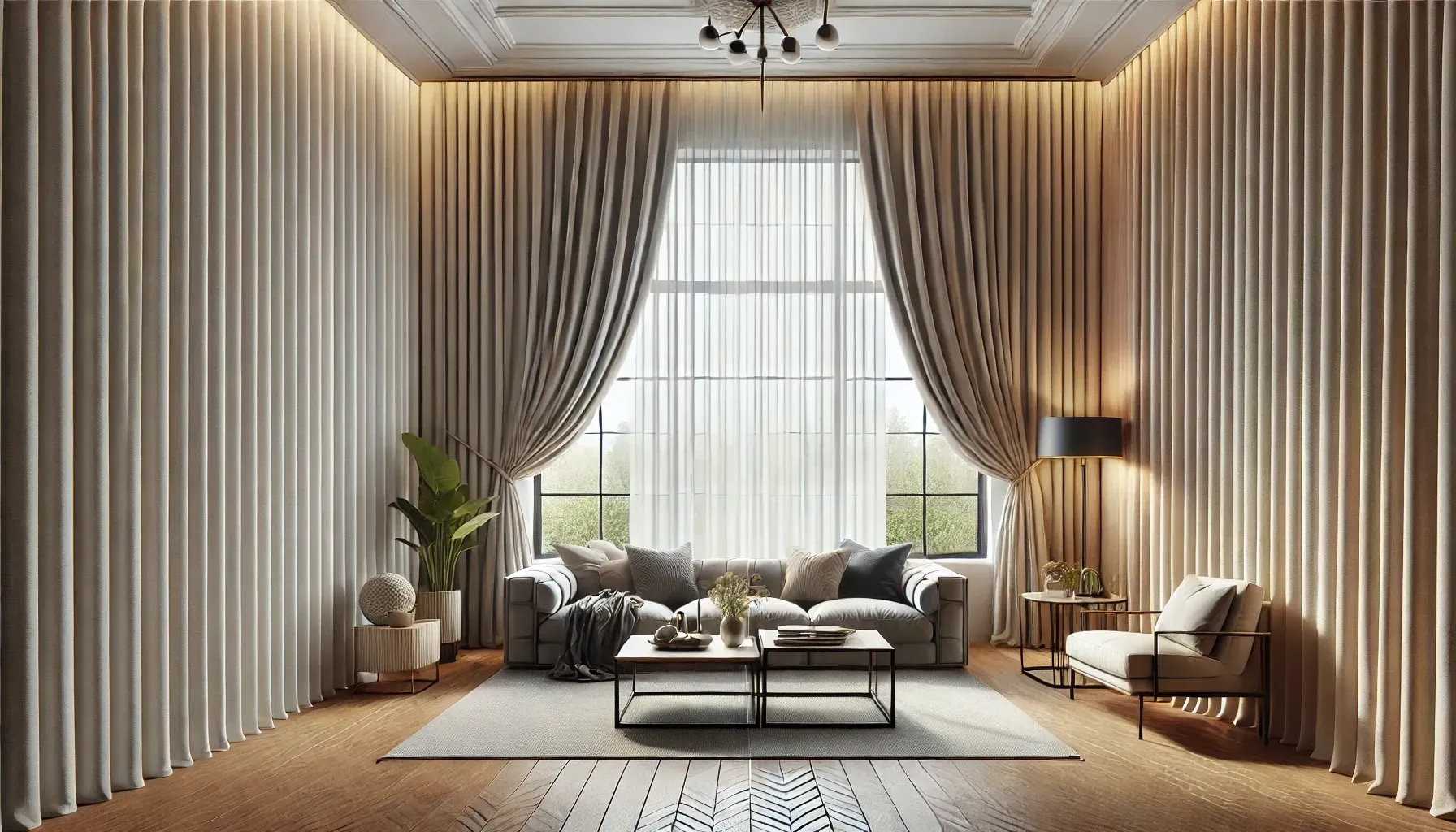
The width of your drapery panels affects not just how the curtains look when they’re open or closed but also their overall functionality. Panels that are too narrow may appear stretched or fail to cover the window entirely, while overly wide ones can look bulky or out of place. Striking the perfect balance ensures that your window treatments enhance the room’s aesthetic while providing adequate privacy and light control.
Drapery Panel Width Guide: A Room-by-Room Breakdown
Each room in your home has unique requirements when it comes to drapery panel width. Below is a practical guide for common room types.
1. Drapery Width for Living Room

Living rooms are often the most spacious and visually prominent areas in a home, making them the focal point for elegant window treatments.
Recommendation:
For standard windows, drapery panels should be 2 to 2.5 times the width of the window. This ensures fullness and creates a luxurious appearance. For oversized or picture windows, consider using custom drapery widths to maintain proportionality.
2. Measuring Drapery Panels for Bedrooms
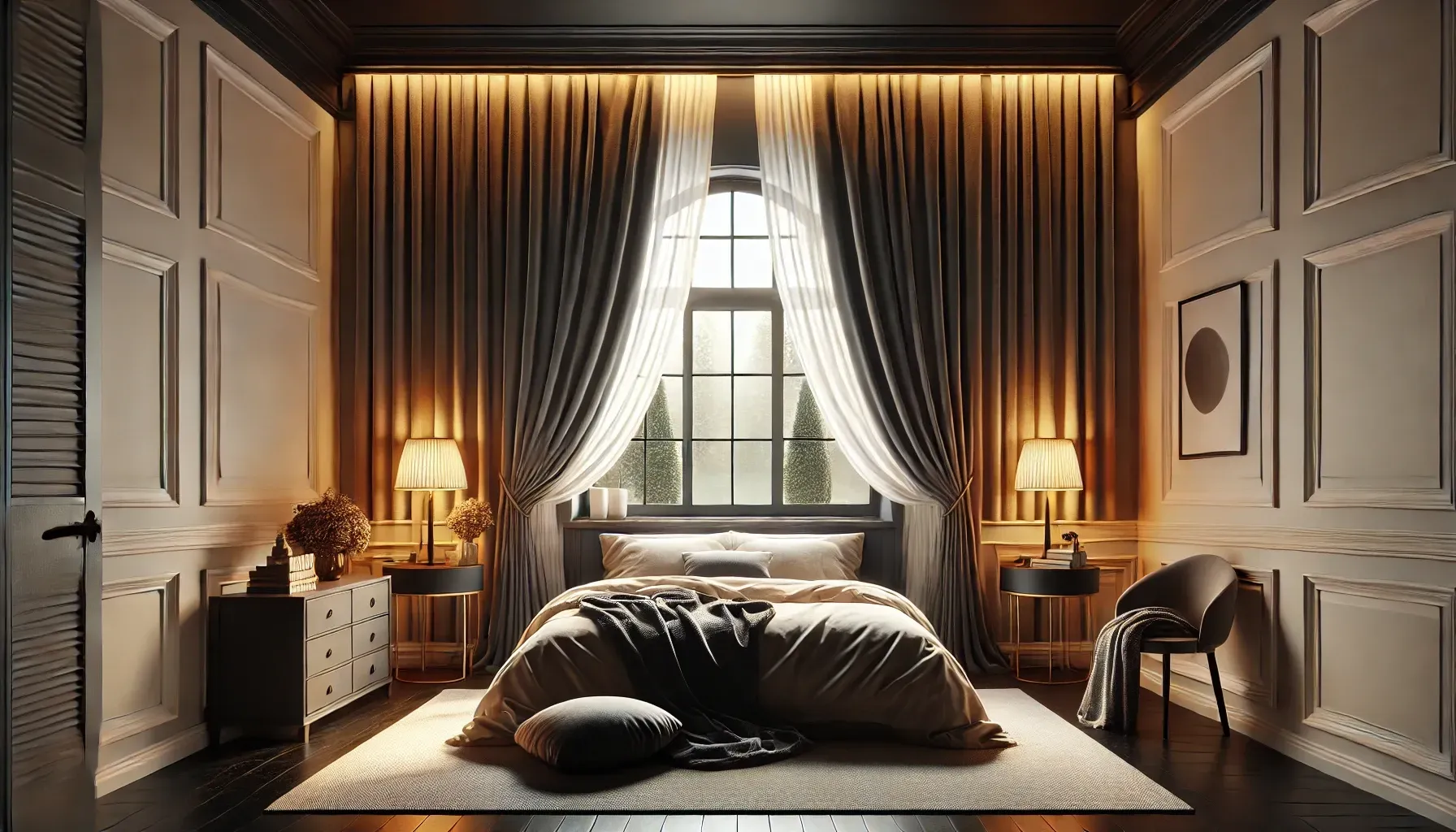
Bedrooms demand both style and function, balancing light control and privacy.
Recommendation:
Panels in bedrooms should generally follow the 2-to-2.5-times width rule but lean toward heavier fabrics for blackout purposes. For narrower bedroom windows, choose drapery that extends at least 6-12 inches beyond the frame to block out light effectively.
3. Proper Curtain Width for Dining Rooms

Dining rooms often lean toward formality, requiring drapery that enhances the ambiance without overwhelming the space.
Recommendation:
Opt for tailored drapery panels that are 1.5 to 2 times the width of the window. For more formal settings, ensure the fabric drapes elegantly, perhaps pooling slightly at the floor.
4. Ideal Width for Drapes in Large Rooms

Large rooms with wide or tall windows can benefit from dramatic, oversized drapery panels.
Recommendation:
Choose panels with extra width—3 times the width of the window for added drama. This approach ensures the curtains don’t look skimpy and can frame large windows beautifully, creating a cohesive design. For inspiration and ideas, explore our
Luxury Drapery Styles for Large Windows.
5. Curtains for Narrow or Small Rooms
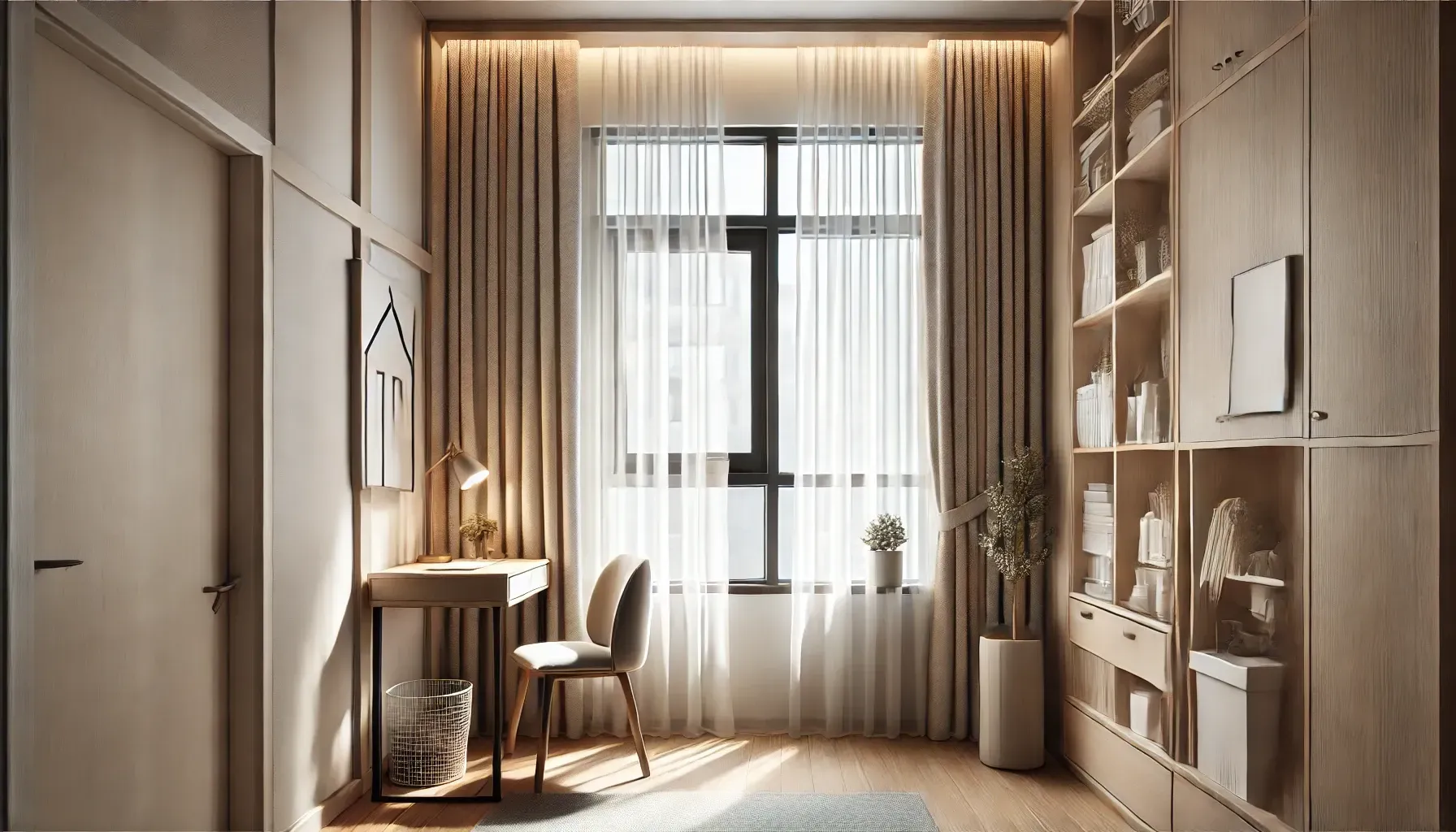
Small rooms benefit from light, airy window treatments that don’t overpower the space.
Recommendation:
For smaller windows, panels can be 1.5 to 2 times the width of the window. Avoid heavy or overly wide curtains that can make the space feel cramped.
How to Calculate Curtain Panel Width

Calculating the right width starts with measuring your window. Here’s a step-by-step guide:
- Measure the Window Width: Start by measuring the total width of the window, including any trim.
- Decide on Fullness: Multiply the window width by your desired fullness ratio (1.5, 2, or 2.5).
- Divide for Panels: Divide the total width by the number of panels you plan to hang.
For example, if your window is 60 inches wide and you want a fullness ratio of 2, you’ll need a total fabric width of 120 inches. If you’re using two panels, each panel should be 60 inches wide. For a detailed breakdown, check out our
drapery panel width guide.
Drapery Fullness and Style Considerations
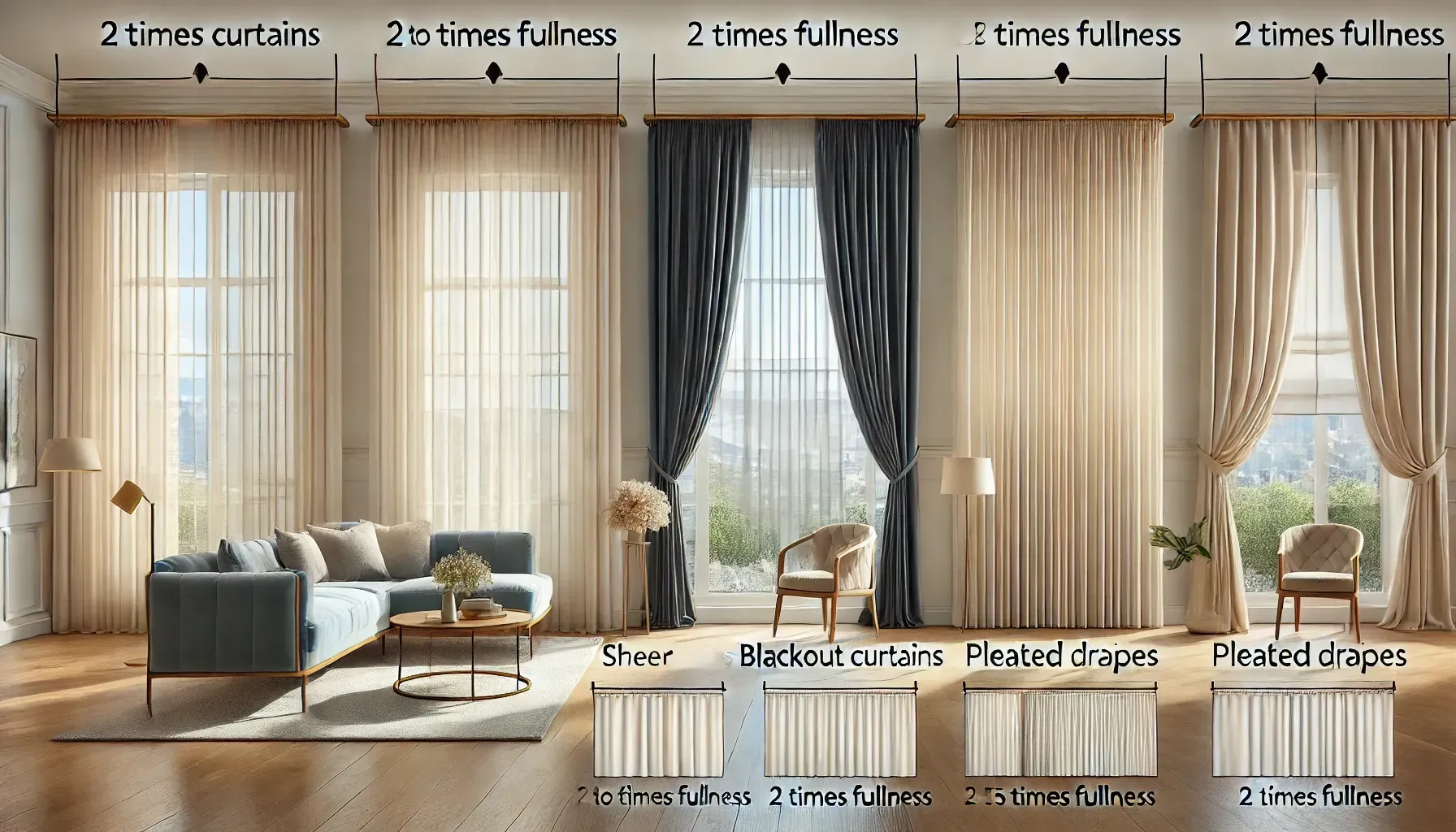
Drapery fullness—the ratio of fabric width to window width—plays a significant role in the overall look. Here’s how fullness affects drapery styles:
- Sheer Curtains: These look best with 2 to 3 times fullness to create a soft, layered effect.
- Blackout Curtains: A 2-times fullness is typically sufficient for a sleek, functional appearance.
- Pleated Drapes: Pre-sewn pleats usually require 2 to 2.5 times fullness for a balanced look.
Expert Tips for Choosing Curtain Width by Room Type
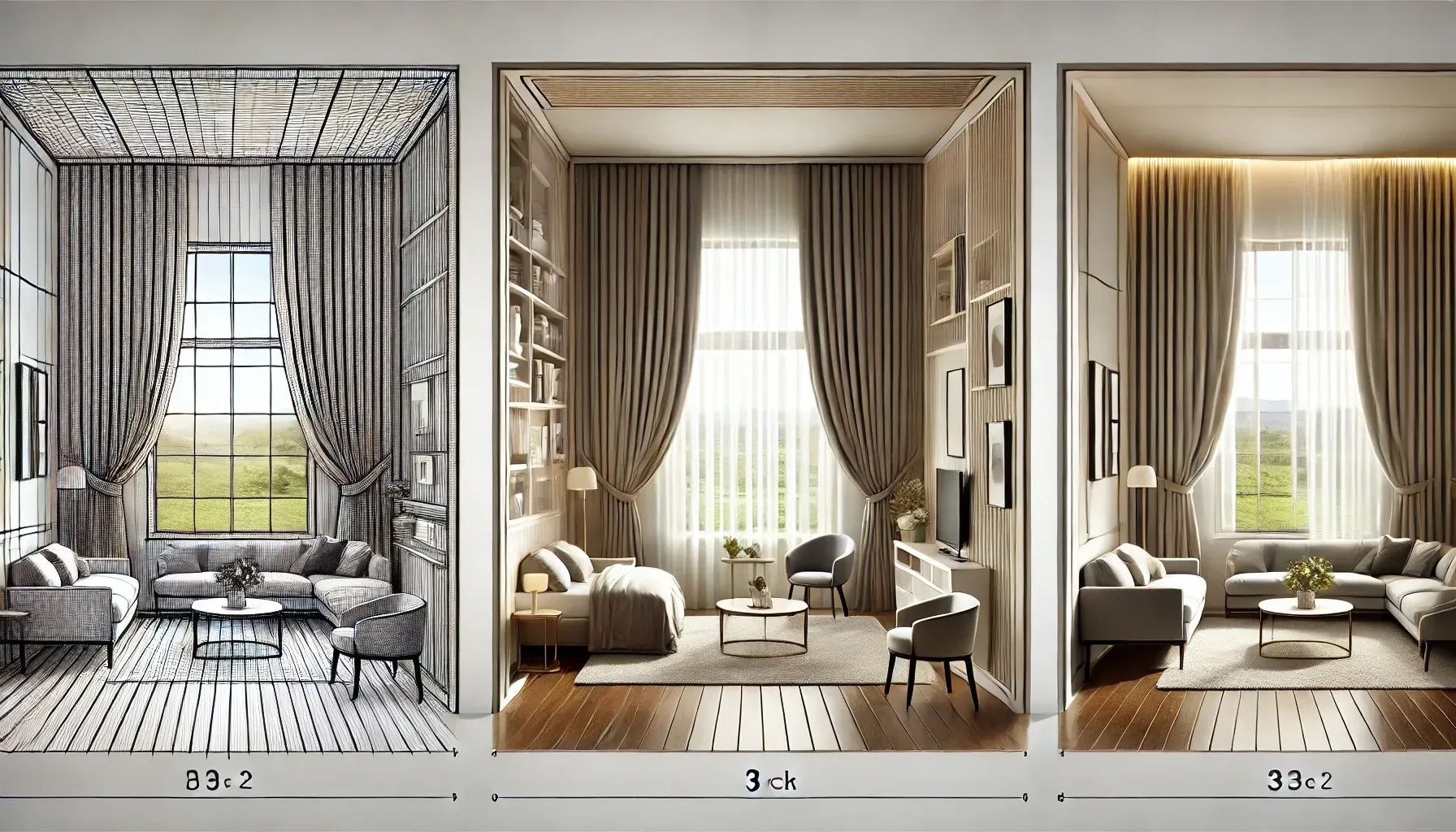
- Tall Windows: For tall windows, add extra width to balance the vertical height.
- Small Bedroom Windows: Keep the panels slightly wider than the window frame to create an illusion of larger windows.
- Living Rooms with Multiple Windows: Use continuous panels or space individual panels equidistantly for a seamless look.
Common Mistakes to Avoid When Measuring Drapery Panels
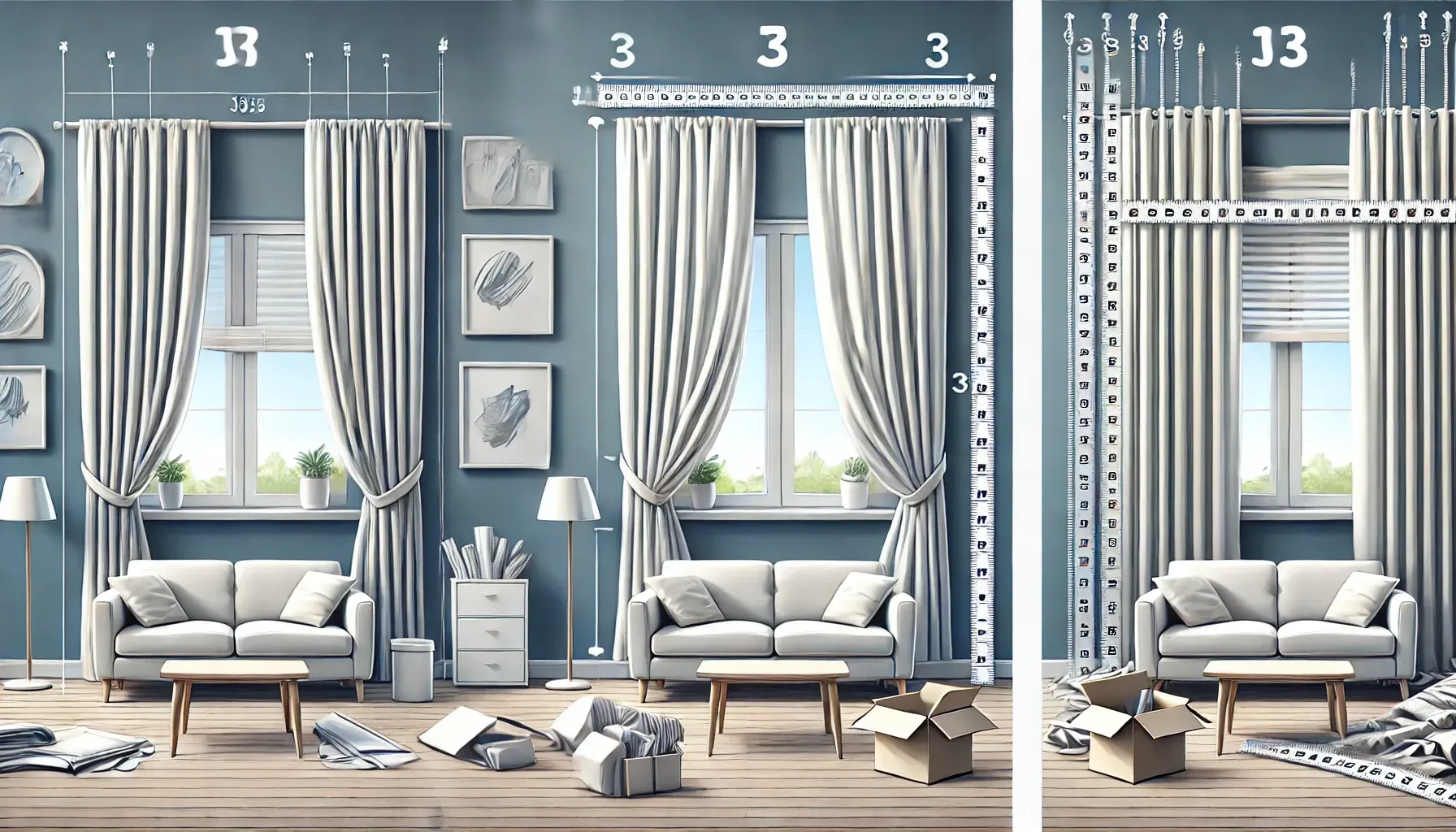
- Underestimating Fullness: Skimping on fabric leads to an underwhelming, unfinished look.
- Ignoring Rod Placement: Always measure the width of the rod, not just the window, to account for extensions.
- Overlooking Fabric Type: Heavier fabrics require precise measurements to avoid bulkiness.
Conclusion: Achieving Perfect Drapery Width
Selecting the right drapery panel width requires a thoughtful approach, blending aesthetics, functionality, and room-specific considerations. By following this comprehensive guide, you’ll ensure your curtains look beautiful while serving their practical purposes.
For professional assistance and flawless installation,
Contact Simply Windows to ensure your drapery achieves the perfect balance of style and functionality.

